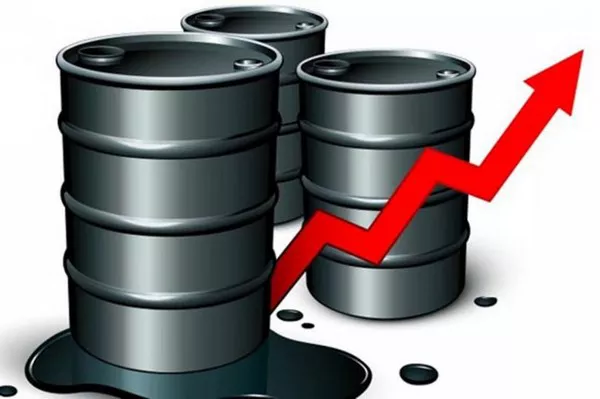Oil futures trading offers investors the opportunity to speculate on the price movements of crude oil, a vital global commodity. Fidelity, a renowned brokerage platform, provides a gateway to trade oil futures contracts, enabling investors to potentially capitalize on market fluctuations.
1. Understanding Oil Futures Trading
Before diving into oil futures trading on Fidelity, it’s crucial to grasp the fundamentals of how these contracts work.
1.1 Oil Futures Contracts
Oil futures contracts represent agreements to buy or sell a specific quantity of crude oil at a predetermined price on a future date. These contracts are standardized and traded on futures exchanges, allowing investors to speculate on oil price movements without owning the physical commodity.
1.2 Contract Specifications
Familiarize yourself with key contract specifications, including the contract size (quantity of oil), tick size (minimum price movement), contract months, and the underlying benchmark crude oil.
2. Fidelity Account Setup
To begin trading oil futures on Fidelity, you need to set up an appropriate account.
2.1 Account Type
Ensure you have an active brokerage account with options and futures trading privileges on Fidelity.
2.2 Trading Permissions
Verify that your account is authorized for trading futures contracts, including oil futures.
3. Accessing the Fidelity Platform
Log in to your Fidelity account to access the trading platform and start your oil futures trading journey.
3.1 Platform Navigation
Explore the trading platform to locate the section dedicated to futures trading.
3.2 Research and Analysis
Utilize Fidelity’s research and analysis tools to gather insights into oil price trends and market dynamics.
4. Placing an Oil Futures Trade
With the necessary groundwork laid, you’re ready to initiate your oil futures trade on Fidelity.
4.1 Selecting an Oil Futures Contract
Choose the specific oil futures contract you wish to trade. Different contracts may have varying maturity dates and underlying benchmarks.
4.2 Entering Trade Details
Specify the quantity (contract size) you want to trade and choose whether you’re buying (going long) or selling (going short) the contract.
4.3 Order Type
Select an appropriate order type, such as market order or limit order. A market order executes at the current market price, while a limit order specifies a maximum price you’re willing to pay.
4.4 Placing the Trade
Review the trade details, including the contract specifications and order parameters. Confirm the trade to execute your order.
5. Monitoring and Managing Your Trade
After executing your oil futures trade, ongoing monitoring and management are essential.
5.1 Position Tracking
Access your account to track the status of your oil futures position. Monitor price movements and market conditions.
5.2 Risk Management
Set stop-loss and take-profit levels to manage risk and potential gains. These levels trigger automatic actions when the contract reaches a specified price.
6. Contract Expiry and Settlement
As the contract’s expiration date approaches, be prepared to manage the settlement process.
6.1 Roll or Close Position
Before the contract expires, decide whether to roll over your position to the next contract period or close your position by entering an opposite trade.
6.2 Physical Delivery (if applicable)
If you hold the contract until expiration and it results in physical delivery, ensure you’re aware of the delivery process and requirements.
Conclusion
Trading oil futures on Fidelity offers a dynamic opportunity to engage in commodities markets and potentially profit from oil price movements. By following this step-by-step guide, you can confidently navigate the platform, execute your trades, and actively manage your oil futures positions. Fidelity’s robust trading tools and resources empower you to make informed decisions, capitalize on market trends, and potentially achieve your financial goals through oil futures trading.


